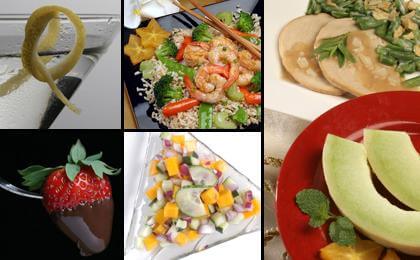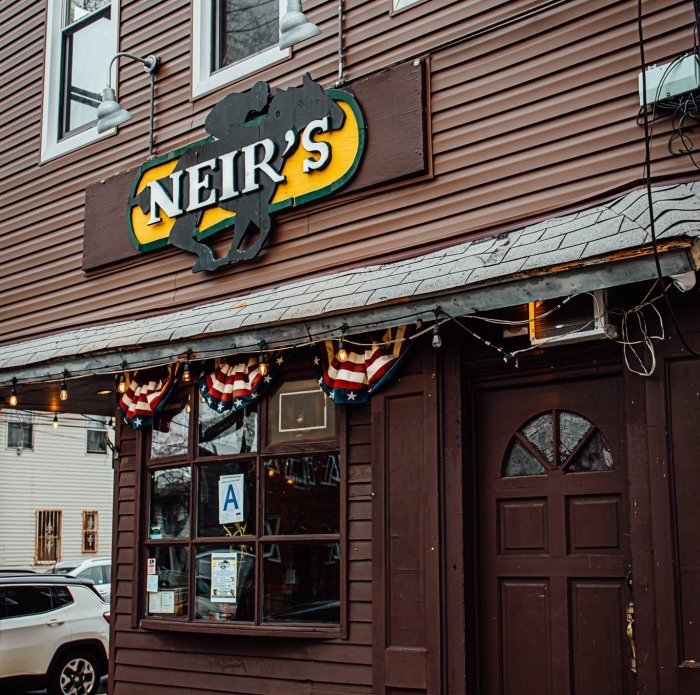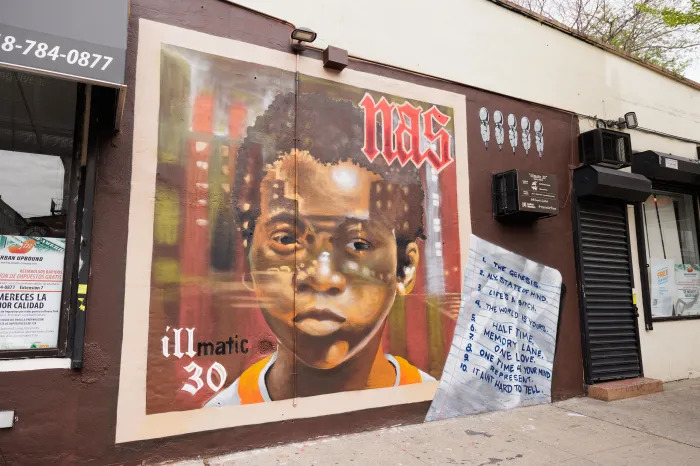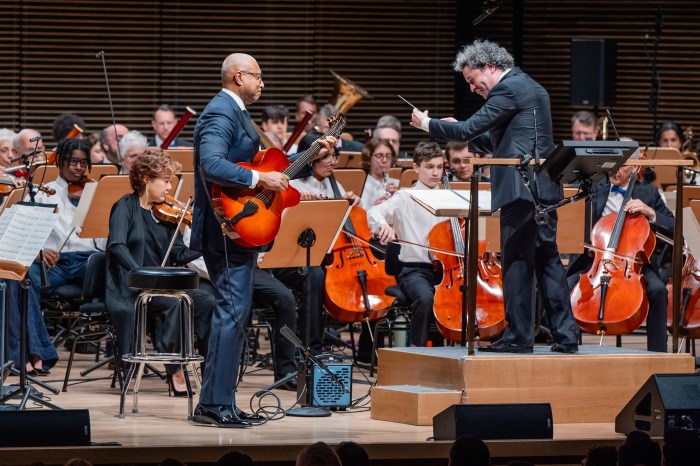By Erin Walsh
Poultry can be as high-maintenance to photograph as the world’s most demanding supermodel.
Just ask Maspeth-based food stylist Michelle Francisco, 43, a 15-year industry veteran who prides herself on making poultry, one of the most difficult foods to style, appear succulent, moist and appetizing for her various corporate clients’ television, print, Internet and multimedia needs.
“I’m a poultry person,” she said. “I make a mean bird.”
During one job, while preparing a turkey for its fleeting moment of fame, Francisco stuffed the bird with beer cans to help keep its form, but said she often uses newspapers or aluminum foil to give it a plump, full appearance.
“Turkey gets a lot of abuse,” she said.
Francisco learned the art of food styling, almost unwittingly, as a child while assisting her father, photographer Gus Francisco, who immortalized food in cookbooks and major women’s and culinary magazines in his Manhattan studio, she said.
She didn’t formally pursue the profession until after she returned from a brief stint as a bartender in St. Petersburg, Fla., in 1990, only to find that the skills she learned as a graphic design major at the School of Visual Arts in Manhattan were rendered obsolete, thanks to design becoming digitized, she said.
Francisco scores many of her gigs through listings in film production guides and Web sites, she said, which include prepping dishes for live television shows, Internet spots, satellite media tours and commercials.
For many of her jobs, Francisco receives massive quantities of food, and must sift through mounds and mounds of products, whether it’s cookies or chicken nuggets, to find the most photogenic morsels. One job for a prominent baked goods manufacturer involved dusting off each cookie with a brush before its close-up during a commercial shoot, she said.
“It’s a weird job, but someone’s got to do it,” she said.
An obvious perk of being a food stylist would seem to be the free grub, but eating is the last thing on Francisco’s mind after handling enormous amounts of any particular item, she said. Instead, she typically donates any leftovers to local firehouses or missions.
By law, if a client’s product is featured in a shoot, it must be real and conform to actual portion sizes, Francisco said. Otherwise, when “filler” items such as fruit or ice cubes are used, it’s likely that fake products are substituted in lieu of the actual item to save time and money, Francisco said.
The most challenging items to work with are ice cream, pizza and poultry, said Francisco. While it may come as no surprise that ice cream is difficult to style and capture on film before it melts, a concern in working with pizza is to make sure that the cheese doesn’t congeal before getting the sought-after “pizza pull” shot, she said.
“The trick of it is how things hold up under the lights,” Francisco said, adding that she is constantly misting products to ensure that they stay fresh and don’t dry out.
Francisco’s most challenging assignment was an ice cream job during which the client “wanted every trick in the book,” and didn’t have the necessary staff on hand to assist, she said.
Despite the drawbacks of working in the competitive, fast-paced world of food styling, Francisco enjoys the fun work environment and frenetic pace.
At the end of the day, it comes down to figuring out how to get the most of out the stars that she’s entrusted with nurturing.
“My motto is I make bad food behave,” she said.
Find out more about Michelle Francisco on her Web site, thatfoodstylistchick.com.






























